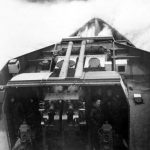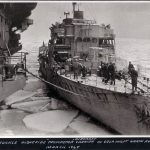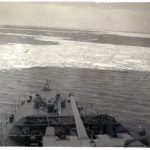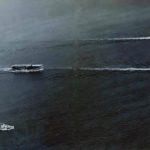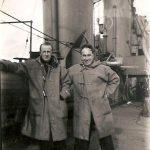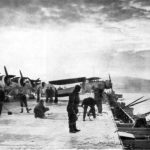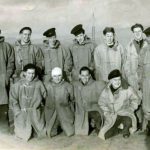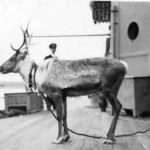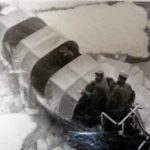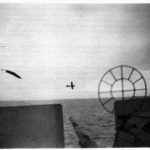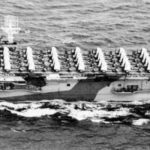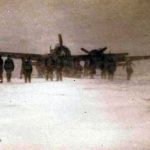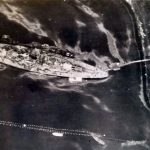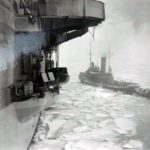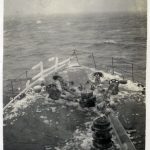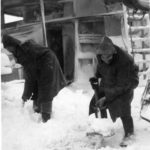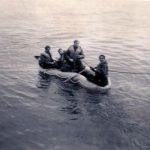History & Learning
What were the Arctic Convoys?
On 22nd June 1941, Operation Barbarossa, Hitler’s planned invasion of the Soviet Union, was put into action. Joseph Stalin, leader of the Soviet Union, had not expected an invasion, as he had signed a non-aggression treaty with Germany in 1939. So why did Hitler do this?
One of Hitler’s policies was that of expanding ‘Lebensraum’ (living space) for the German people. He was keen to expand German territory eastward with this aim in mind. Plus, Germany and the Soviet Union were ideologically opposed, and therefore seemingly natural enemies. Hitler regarded the Slavic inhabitants of the Soviet Union as racially inferior, and so their conquest would provide the coveted land for German expansion, as well as valuable resources.
The surprise Blitzkrieg launched against the Soviet Union involved some 3.5 million Axis troops along an 1800-mile front. It was an attack on a massive scale involving 80% of the German Army. Though the Soviets amassed defensive forces, they were still unprepared when the attack came. German progress was rapid, and the Soviets sustained heavy losses. Stalin requested assistance from Britain and her allies.
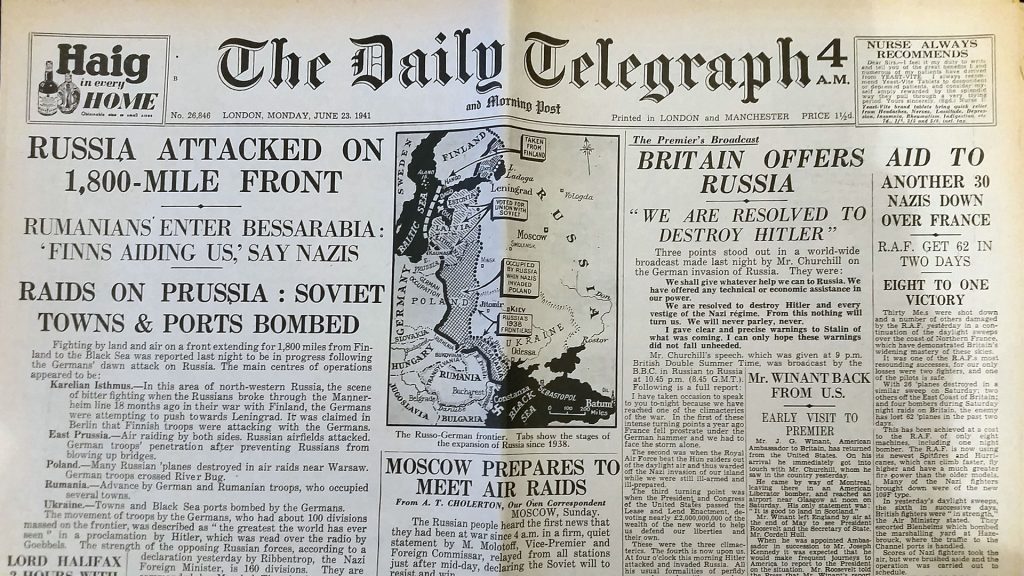
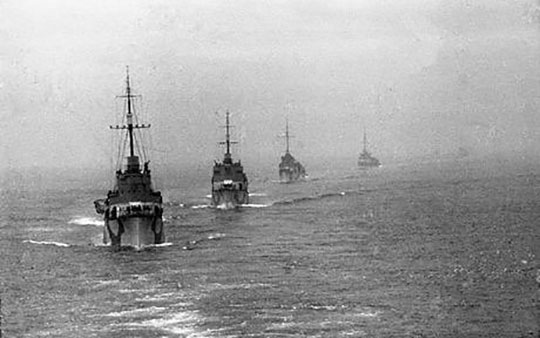
In response, the allies mounted a monumental aid effort through one of the most perilous theatres of the war, the Arctic.
It was decided that supplies would be transported to Russia by sea. They would be carried by the Merchant Navy, who would be escorted by warships and provided with air cover. The route chosen was the most direct, but also the most dangerous. It took the ships very close to the northern coast of Norway, which was occupied by the Germans and patrolled by aircraft, surface vessels and U-boats. The most dangerous part of the journey funnelled the ships between Arctic pack ice and the dangerous Norwegian coast. The channel was even narrower in the winter when the ice advanced further south. The destinations were the Russian ports of Murmansk and Archangel, and from here the supplies would be transported by train, barge, or truck to where they were needed. One important destination was Leningrad under siege, which desperately required food and munitions. Often though, the supplies were bombed by enemy aircraft before they reached their destination.
The journey was very dangerous indeed. The loss rate for allied ships was higher than on any other allied convoy series. In addition to the constant risk of enemy attack, the weather conditions were atrocious. Enormous, violent waves bombarded the ships. The gales were fierce, and it was bitterly cold. It was so cold that when waves landed on board the decks they would freeze to the ship. De-icing the ships was a constant necessity because if the ice was allowed to build up it could make a ship top heavy and capsize. If a ship was sunk, anyone who went in the sea had a life expectancy of roughly 5 minutes. At the end of the war, 104 Merchant vessels were lost. The Royal Navy lost 24 warships, and overall 3500 allied servicemen lost their lives. (Source of figures: Churchill’s Arctic Convoys: Pen & Sword Maritime, 2022 by William Smith)
It was also very perilous for the pilots trying to defend the convoys. The rough seas rocked the escort carriers so badly it made them extremely challenging landing platforms. When escort carriers were in short supply, Catapult Aircraft Merchant ships (CAM ships) were used instead. When enemy aircraft engaged the convoy, a rocket-propelled catapult would launch a single Hawker Hurricane (Hurricat) into the air to engage the threat. It could not return to the ship, however, so the pilot would have to bail out near the convoy and await rescue.
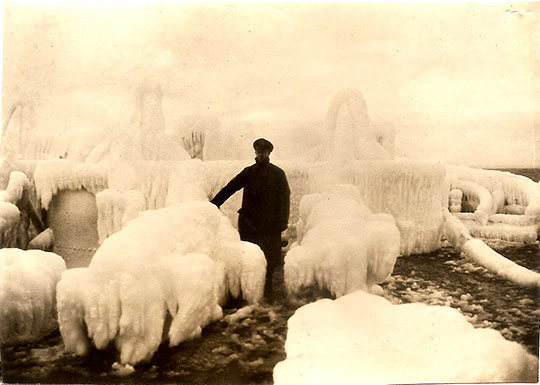

It was equally dangerous, of course, for the Germans trying to prevent the convoys from reaching Russia. The surface vessels and aircraft faced the same threats from the allied warships and the violent weather. The average life expectancy for a German submariner was a few months. Over 30 U-boats were sunk in the Arctic.
Although the route was so dangerous, by the end of the war roughly 4 million tons of supplies had been delivered to Russia. These supplies included aircraft, tanks, trucks, food, fuel, ammunition, phone wire and much more.
As well as bolstering the Red Army, the Arctic Convoys were an important political statement of support to Russia from the allies. The importance of the war on the Eastern Front to the eventual outcome of WWII is demonstrable from the massive drain of German resources that it incurred, as well as the huge losses it inflicted on the Axis forces (4 out of 5 casualties fell on the Eastern Front). The convoy runs were, therefore, a crucial part of the allied war effort to keep Germany engaged on the Eastern Front, and they certainly merit a lasting dedicated space to preserve the stories, memorabilia and artefacts that will ensure this turbulent part of history is never forgotten.
Photo gallery
Click on images to enlarge.




